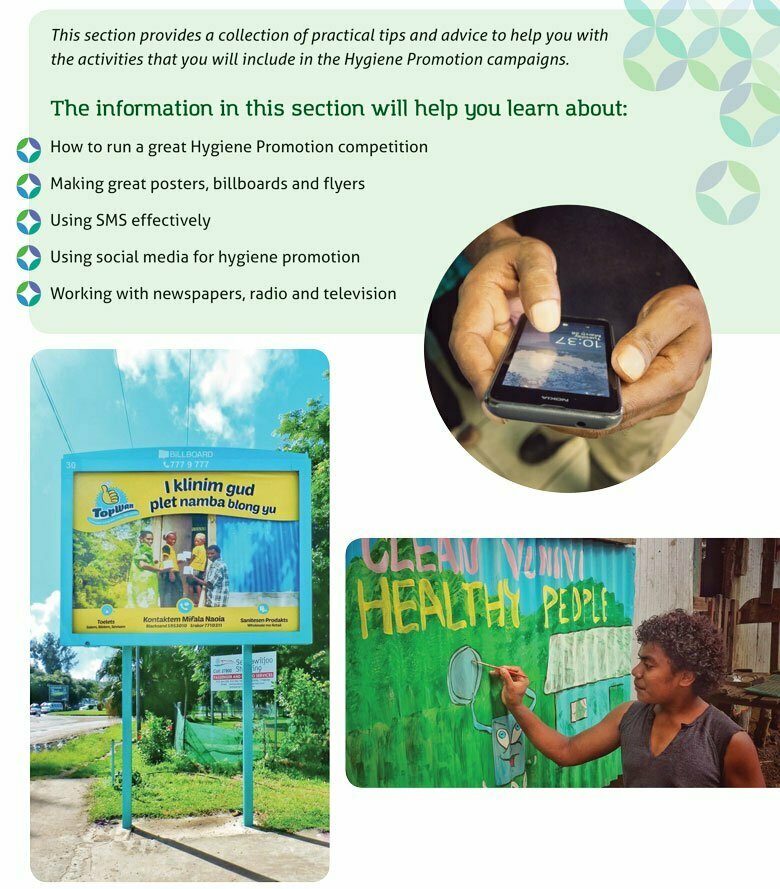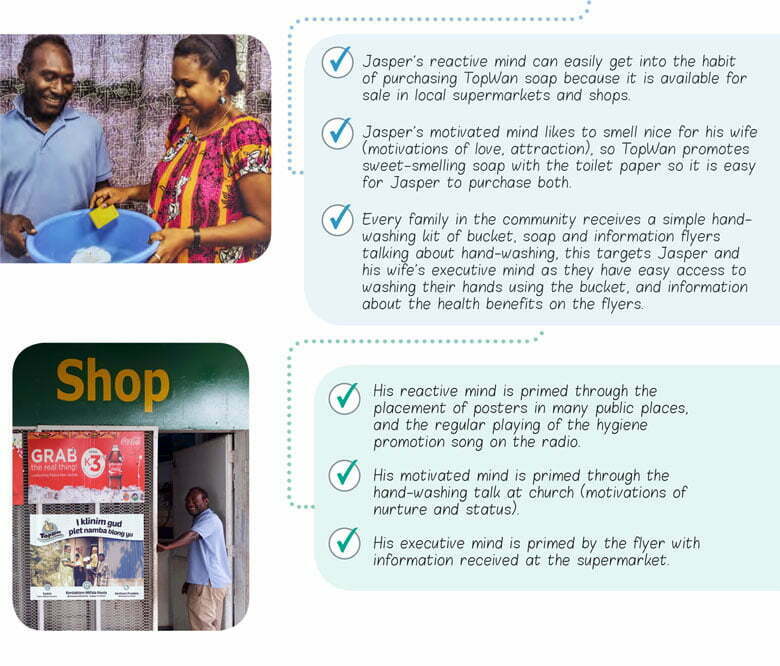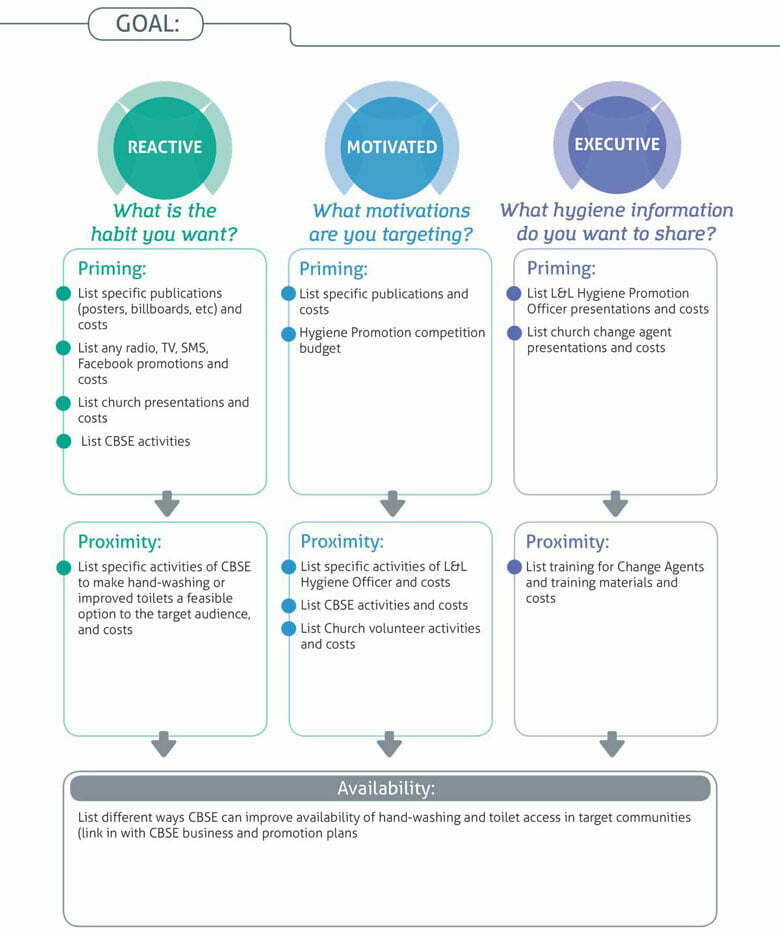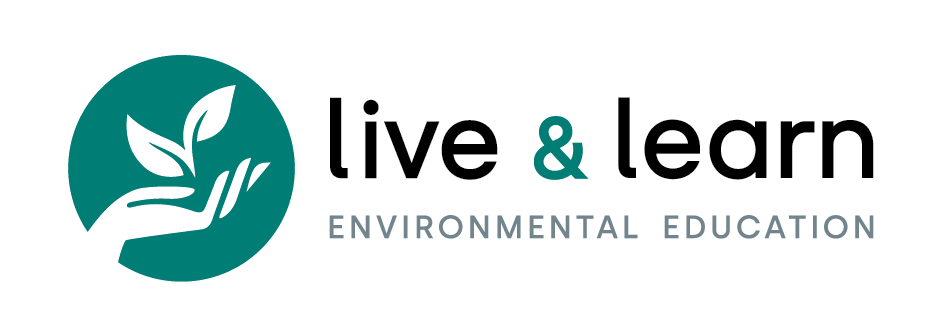Influencing health behaviour change seems like it should be simple. But each of us is a mixture of conscious and unconscious motivations, cultural preferences and habits. Logical reasons for choosing healthy habits don’t always effectively reach our unconscious desires or habits. Live & Learn has published the “Clean Hands, Good Toilet, Happy Family” Health Promotion Guidelines & Tools to provide guidance for Live & Learn staff on integrating social marketing approaches to hygiene behaviour change with traditional hygiene education.
The “Clean Hands, Good Toilet, Happy Family” Guidelines provide guidance introduces the different ways (conscious and unconscious) that we make decisions, and some specific ways we can design hygiene promotion campaigns to influence positive health behaviour change. The approaches described borrow from the fields of health psychology and social marketing, combined with traditional health education activities. The theoretical approaches used, and the framework for planning campaigns, can be adapted for application to any health behaviour change activity, but the guidelines focus on the following key hygiene messages:
- Owning an improved or new toilet
- Washing hands with soap at critical times
Live & Learn has established eight sanitation enterprises in peri-urban communities in Papua New Guinea, Solomon Islands, Vanuatu and Fiji. So these sanitation enterprises are integrated into the guidelines to demonstrate how social marketing can influence demand for improved sanitation services.

A practical, story-based, approach following a character called “Jasper” is used to teach key theoretical approaches of reactive, motivated and executive decision-making. Research suggests that every motivated behaviour is caused by a combination of is 15 different types of motivation (Robert Aunger and Valerie Curtis 2016). The reader follows the story of “Jasper” as he is influenced to make decisions about purchasing soap, improving toilets and washing hands. The three decision-making approaches are linked to a simple marketing framework of priming, proximity and availability.
The guidelines then walk the reader through the details of how to implement the process for designing hygiene behaviour change campaigns linked to the sales and marketing of the sanitation enterprises, using a simple campaign design framework that integrates all the theoretical approaches with specific activities.

There is a specific section in the guidelines that provides a one-day workshop plan for involving church volunteers and helping them to integrate hygiene behaviour change messages that address reactive, motivated and executive decisions into church messaging. A series of specific church Bible study guides have been written that demonstrate religious values that promote good hygiene and sanitation, including stories designed specifically for children that promote washing hands with soap and using an improved toilet.
The final section in the “Clean Hands, Good Toilet, Happy Family” Health Promotion Guidelines & Tools are practical tips for how to make good promotional materials, how to use SMS and social media, and working with news media.

Live & Learn Hygiene Promotion Officers in Papua New Guinea, Fiji, Solomon Islands and Vanuatu have been using the new guidelines since July 2017. The sanitation enterprises and community change agents participate in planning sessions based on the guidelines to produce hygiene promotion plans using the framework in the manual. Many creative promotion activities have been planned and implemented so far, including SMS push messages, billboards, radio programs, and newspaper coverage.

This manual was published by the Western Pacific Sanitation Marketing & Innovation Program implemented by Live & Learn in PNG, Vanuatu, Solomon Islands and Fiji with funding support from the Australian government through the Civil Society WASH Fund. The manual can be downloaded from the Resources section of the Live & Learn website.

